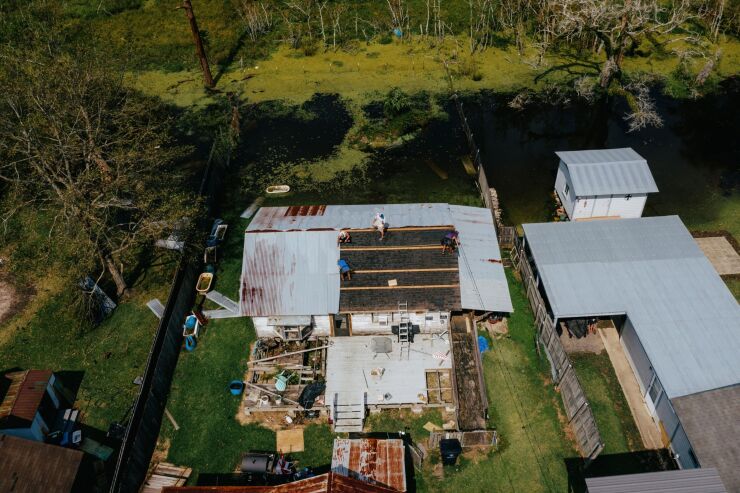Last year was the most active hurricane season in history. The 2020 Atlantic hurricane season saw
Insurers have less time in between storms to prepare for and execute their responses as these events happen with greater frequency, severity and unpredictability. That, in turn, can affect the policyholder experience. For these reasons, it’s critical for insurance organizations to effectively prepare for hurricane response early, to ensure as smooth an experience as possible.
The following are five best practices for insurers to put in place ahead of hurricane season.
Best Practice #1: Assess your analytic capabilities.
Having a robust data and analytics solution that goes beyond public or open-source data and simple analytics is paramount during large-scale events. Actionable data and analytics better allow you to demonstrate the strength of your service and insurance program when your customers need you the most.
Assess what geospatial analytic solutions and third-party data your organization has at its disposal to understand at-risk properties. What are the caveats of those tools? For example, can you account for actual exposure and not just the number of properties or total insurable value? Are you receiving automated event alerts that notify you when your portfolio has been impacted?
Best Practice #2: Know where to go for your policies in force.
It is critical that you know exactly where to go for your policies in force prior to a hurricane making landfall. Which systems house the most up-to-date view of your PIF, and what is the process for accessing them?
Best Practice #3: Anticipate the questions you’ll be under pressure from management to answer.
As a hurricane progresses, stakeholders will require regular updates. Anticipate commonly asked questions and have a communication plan prepared. What is your loss potential? Do you have adequate reserves and reinsurance in place? Which major contracts, companies, and/or policyholders are at risk? Do you have a communication strategy to begin outreach for the policyholders most at risk?
Best Practice #4: Renew or expand third-party data licenses now.
Now is the time to assess your data licensing and access to inland flood, storm surge and wind event footprints. Have a plan for how you will use this data to formulate your response and communicate potential exposure to your stakeholders. Know what partners to have on speed dial and where you can source data and information you may not have anticipated needing. For example, will you need post-hurricane flyover imagery to begin addressing business interruption? Or additional living expenses for policyholders? Have a pre-approved contingency budget in place for your data and analytic needs.
Best Practice #5: Evaluate considerations beyond the property level.
It’s also critical to consider indirect impacts and possible types of business interruption. For example, a building might be fine, but flyover data shows the road to get there is flooded. Does the customer’s contract have mitigation requirements? Are there coverage exclusions that should be considered prior to the event making landfall – for example, all distribution trucks being moved to a specific higher ground garage?
If 2020 was any indication, insurers can expect a busy hurricane season in 2021. By moving from a react and respond approach to a proactive, prepare and serve, insurers can meet growing customer expectations more effectively. Streamlined access to expert data and advanced analytics as events unfold is imperative to managing your operations, costs, and above all, prioritizing customer satisfaction.






